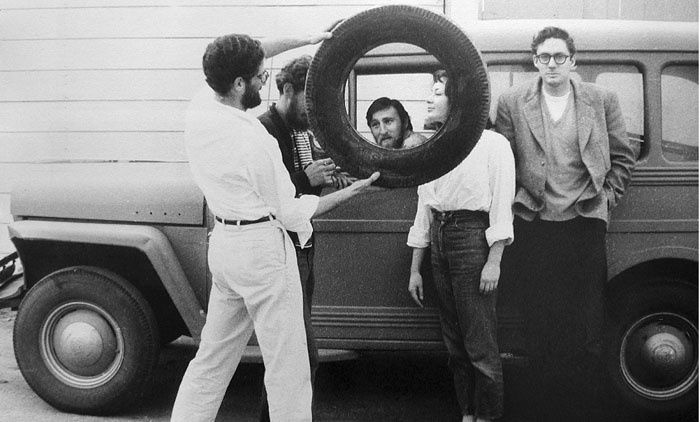Reflections on Walter Hopps in Los Angeles (2005)

“With Walter Hopps’ passing in late March of 2005, the art world lost one of its keenest curatorial minds. Hopps was an iconoclastic figure who embodied the free-wheeling climate of the “culture-boom” years of the early 1960s in which American artists and American museums seemed to carry the mantle of modernism as well as renew the avant-garde experiments begun in Europe earlier in the twentieth century. Hopps ended his career as curator of 20th century art and the founding director of the Menil Collection in Houston and as adjunct senior curator for the Guggenheim Museum in New York, but in approach and attitude he was the product of the sparse cultural landscape of postwar Los Angeles. Born in Glendale in 1932, Hopps grew up in a period in which artistic modernism was a kind of secret history in Los Angeles, a city that saw a series of conservative backlashes against progressive ideas of many stripes during the early Cold War from abstract painting to public housing. It was this atmosphere that contributed to Hopps’ lifelong commitment to cultivating a public for new and ambitious art in a way that both increased and intensified its audience. Responsible in large part for drawing attention to the burgeoning Los Angeles art world beginning in the late 1950s, Hopps’ special talents might be best defined by looking back at his early career as it shifted from promoting a number of artist friends to participating in a “scene” which exemplified the particular combination of creativity and commodification that characterized the 1960s.”
From Ken Allen, “Reflections on Walter Hopps in Los Angeles,” X-TRA Contemporary Art Quarterly, 2005.
Image: Ferus Alley (Bob Alexander, John Reed, Wallace Berman, Juanita, Walter Hopps), Los Angeles, California, ca. 1957, photographed by Charles Brittin, courtesy of J. Paul Getty trust.